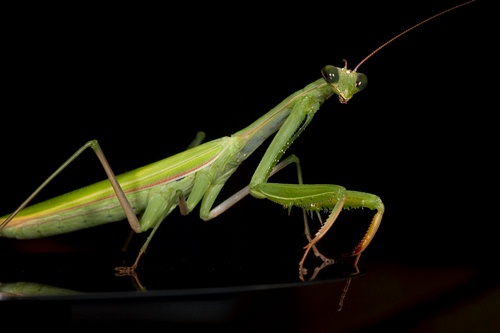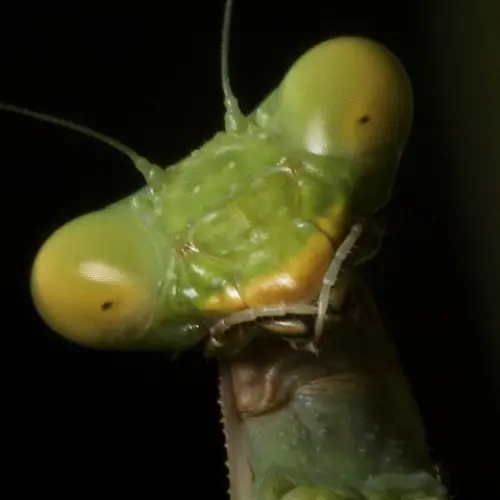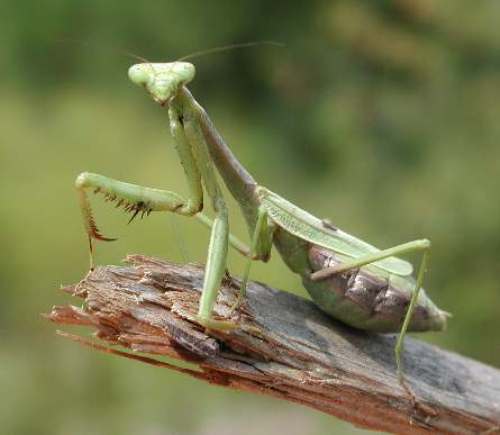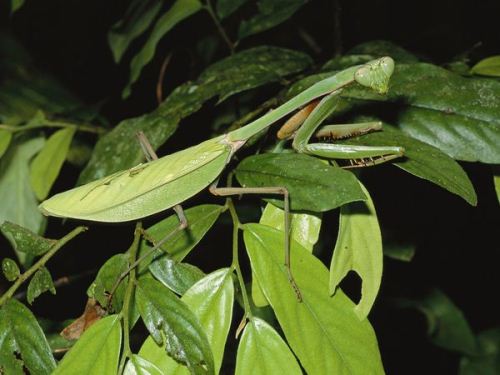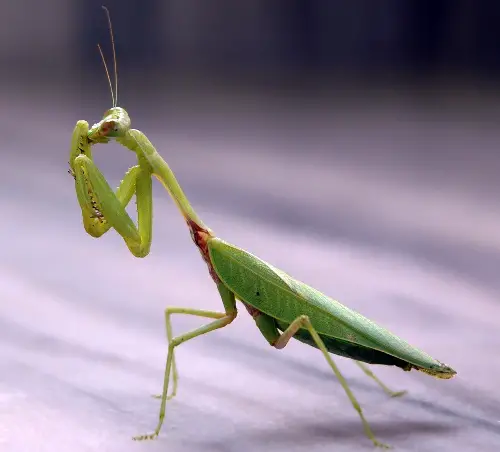10 Interesting Praying Mantis Facts
Praying mantis facts inform you with one of the insects associated with mysterious and spiritual state. The word mantis attached in praying mantis is derived from the Greek word, mantikos. It means prophet or soothsayer. Praying mantis resembles an insect look like praying. Let me give some interesting facts about praying mantis below.
Praying Mantis Facts 1: Habitat
Most praying mantises can be seen living in tropical area. You can see them spreading around the North American continent. This insect is included in the Mantidae family. The only member in the family is praying mantis.
Praying Mantis Facts 2: Species
There are at least 2,000 species of praying mantis in the world. The North American continent is a home to the 18 native praying mantises.
Praying Mantis Facts 3: Exotic Species
Praying mantis is considered as an exotic species. It was 80 years ago that the Chinese mantis or Tenodera aridifolia was introduced to Philadelphia USA.
Praying Mantis Facts 4: Length
The large praying mantises can reach the length around 100 mm. They can be seen spreading around US.
Praying Mantis Facts 5: European Mantis
Mantis religiosa is one of the European mantises. It has the size half of the Chinese mantis. It has a pale green color. It was introduced to New York for about a century ago. Read more insects in ladybug facts.
Praying Mantis Facts 6: Unique Insect
What makes praying mantis unique is the ability to turn the head for about 180 degrees. No other insects can do it. They can see the back with their own eyes. Read cockroach facts here.
Praying Mantis Facts 7: Close Relation
Even though praying mantis is unique, it has a very close relation to the animals that you hate most such as cockroach and termites. Those insects belong to the similar superorder of Dictyoptera. They have similar evolutionary.
Praying Mantis Facts 8: Eggs
The eggs of praying mantis will be deposited in a twig when the fall season comes. The female praying mantis will produce the Styrofoam like substance to protect the body of the eggs. The cover will give full protection for the eggs to develop when the winter season comes.
Praying Mantis Facts 9: Mate Eating
Another strange behavior is observed in praying mantis. Sometimes the female mantis eats the mates. This is a form of cannibalism.
Praying Mantis Facts 10: Social Legs
Praying mantis has special legs. They are functional to help the praying mantis to capture the prey. Praying mantis is considered as a deadly predator even though it has an angelic pose. The animal actually is waiting for the prey to come. It can grab the smaller insect in fast speed. The bigger size of a praying mantis will catch bigger animals such as birds, frogs, and lizards. You are wrong if you think that bugs are always in the bottom part of the food chain.
The evolutionary of this animal is considered young. The early fossil of praying mantis belongs to 146 to 166 million years old. The modern mantis has an extended neck compared to the old one. Are you interested to find out more on facts about praying mantis?
